I bought two Aquarian H2A (3.5mm version, not XLR) hydrophones for receiving faint ultrasonic signals (29 KHz) being generated by an underwater sensor node.
I am running into some issues.
I tried to use the hydrophone port on two Windows computers (one Intel NUC, the other a generic desktop), recording through Audacity. While they are able to pick up normal voice at 96 KHz mode, they are unable to pick up any signal being generated by the sensor node (even in the 5k-15kHz frequency spectrum.) Boosting the signal through the control panel makes the signal buried in noise, such that even filtering in MATLAB cannot recover the signal. I suspect the sound cards in generic computers are too noisy to pick up the signals from the hydrophone, or cannot record anything beyond 20KHz, even though the audio driver supports 96 KHz sampling.
I connected the hydrophone to a USB Audio DAC. The problem is the DAC doesn't support 96 KHz sampling and is limited to 44-48 KHz, hence the maximum frequency I can set on the sensor node to 22-24 KHz. The DAC performs amazingly well. When combined with amplification and filtering in MATLAB, it is able to detect the faint signals from the sensor node. However, I can't set the frequency of the sensor node to 29 KHz (which is the resonant frequency of the transducer.)
I tried using the Zoom U22 audio interface suggested on the Aquarian website. The interface takes only XLR/0.25 inch connectors so I used a 1/8 inch to 1/4 inch converter to connect the hydrophone to the audio interface. While the interface can sample at 96 KHz, it doesn't even detect normal voice. I suspect it's an impedance mismatch issue, but it is weird that cheap audio cards inside computers can pick up human voice (although not the faint signal from the sensor node) and the interface can't even do that.
What is the best solution to try? The audio DAC seems to work best so far but has limited sampling rate.
